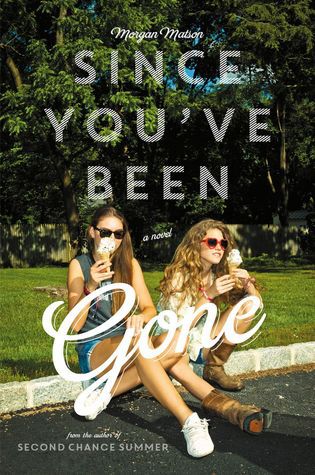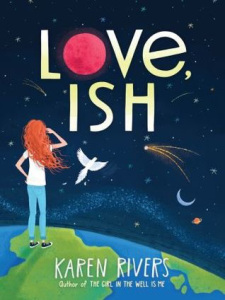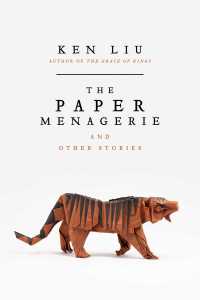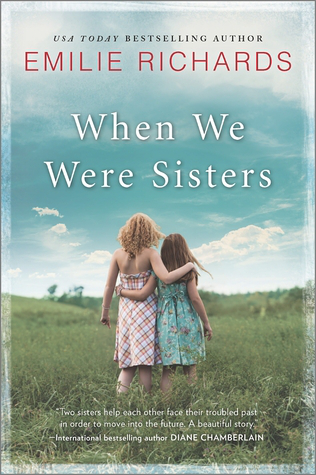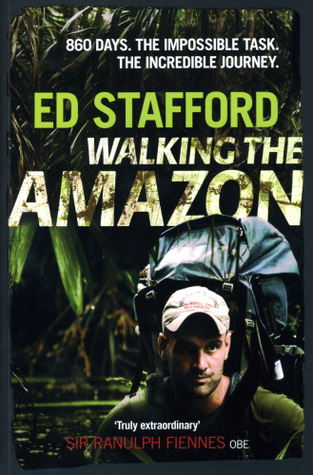I don’t particularly like using words like “underrated” or “underappreciated”, but I’m hard pressed to find terms more suitable for 2014’s criminally overlooked film, The Book of Life. Not only is it one of the most inventive and unique films released in years, but it is one of my favorite animated films of all time.
One of the more noteworthy facts about The Book of Life is that it wasn’t produced at any of the major animation production houses; no Disney, Pixar, Illumination or DreamWorks (though this seems to be a common misconception). The film was created by the Texas based company, Reel FX Creative Studios, who previously worked on 2013’s Free Birds.

Free Birds was a modest success at the box office, grossing roughly $110 million against a $55 million budget, but failed to impress critics. The Book of Life is a completely different case in this respect, as the combined directorial and producing prowess of Jorge R. Gutierrez and Guillermo del Toro, respectively, were able to craft a film that would go on to be a critical darling.
The Book of Life has all of the makings of a remarkable animated film, but there are a few aspects of it that I believe make it a truly outstanding experience, and one that rivals and at times surpasses its contemporaries. Innovative animation, fantastic use of music in the narrative and the prominent theme of family are elements that make The Book of Life stand out in the crowd, and I’d like to point an analytical eye at each one of them.
Family Matters
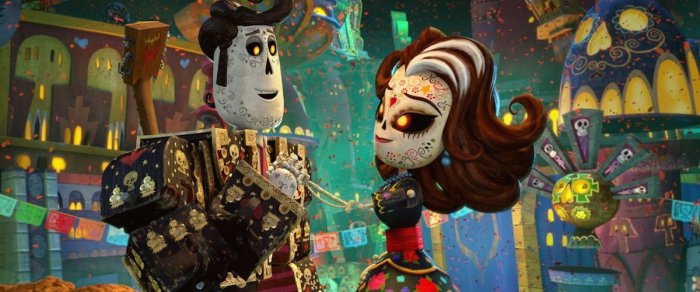
The friendship and eventual love triangle between the principal characters of Manolo, Joaquin and Maria is what drives the overarching narrative of The Book of Life, but one central theme that has a huge influence on the story and the characters is that of the importance of family.
Manolo is a member of the proud and charismatic Sanchez family. Every Sanchez man was a world renowned bull fighter, which more often than not led to an untimely death. Manolo, being the Sanchez that he is, has an innate talent for bullfighting, but his true passion lies with music.
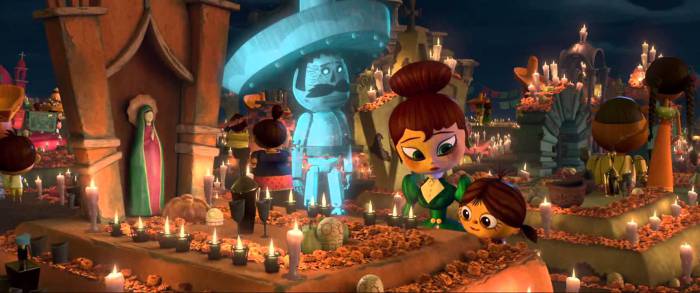
From childhood to adolescence and adulthood, Manolo is always at odds with his father, Carlos, when it comes to bullfighting and music. Manolo doesn’t enjoy the sport, and thinks it wrong to kill the bull, and Carlos finds his son’s distaste to be shameful to the Sanchez name.
Carlos wants nothing but the best for his son, as he believes displaying his strength in the arena will make Manolo a strong and desirable man in the eyes of Maria.
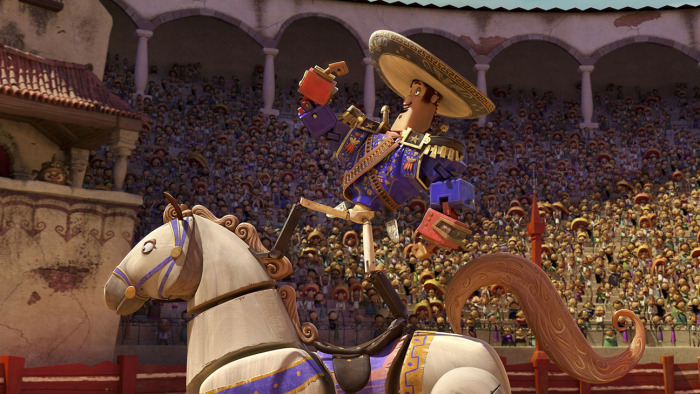
The father-son relationship story also extends to the character of Joaquin. His father was a once great hero, but died while defending the town of San Angel. As such, Joaquin wishes to follow in his father’s footsteps, and become a man worthy of not only Maria’s love, but of the name Joaquin Mondragon Jr.
The theme of family really comes to a head when Manono visits the afterlife. The Book of Life’s entire story and aesthetic are based around the famous Mexican holiday, Dia de los Muertos, or, the Day of the Dead, an occasion whose purpose is to honor and celebrate the loved ones that are no longer with us.

The Book of Life visually conveys this message by having the afterlife separated into two distinct planes, the Land of the Remembered, and The Land of the Forgotten. So long as a living person carries you in their memories, you can live in the bright and colorful Land of the Remembered. But should you fade entirely from the memories of the living, you will be trapped in the dark and depressing Land of the Forgotten.
When Manolo visits the Land of the Remembered, not only is he reunited with his deceased mother, Carmen, but all of his Sanchez relatives. Each member of the Sanchez family is incredibly unique and memorable, and join Manolo on his journey to reclaim the life he was tricked out of, as well as to save his hometown without hesitation.

I’ve always been fascinated by Mexican culture and the importance it places on familial ties and togetherness, and The Book of Life’s representation of Dia de los Muertos does a phenomenal job of capturing this message.
The Aesthetic Of Mexico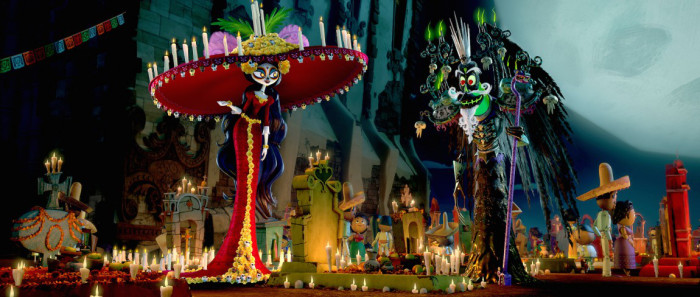
The Book of Life is a pinnacle example of creative use of art direction and animation over pure visual fidelity. Most of the characters in the film all resemble cute and colorful little wooden dolls, and they are animated with so much charm and personality.
It’s hard to put into word what makes the film’s animation so special without overusing words like “unique” and “inventive”, but that’s really what it amounts to. The entire look of the film is so infinitely entrancing, and it only gets better as the story progresses.
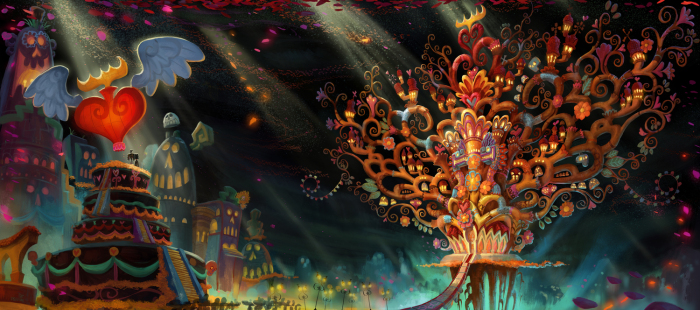
Every moment in the Land of the Remembered is a festival. There’s a near constant parade with a dizzying array of sights and attractions, and the dark backdrop serves as the perfect contrast for the light show that decorates the scenery.
Characters in the afterlife are designed to resemble the iconic Dia de los Muertos sugar skulls, and every single one of them has a style and charm all their own. I was really impressed by just how different each of the characters looked from one another, and it’s commendable just how much Reel FX was able to do with the central design theme of skulls.

I’ve never seen a film with the visual style of The Book of Life, and I can confidently say it will not only stand the test of time as more and more visually impressive films are released, but it puts the film shoulder to shoulder with giants like Disney and Pixar.
Music And Storytelling
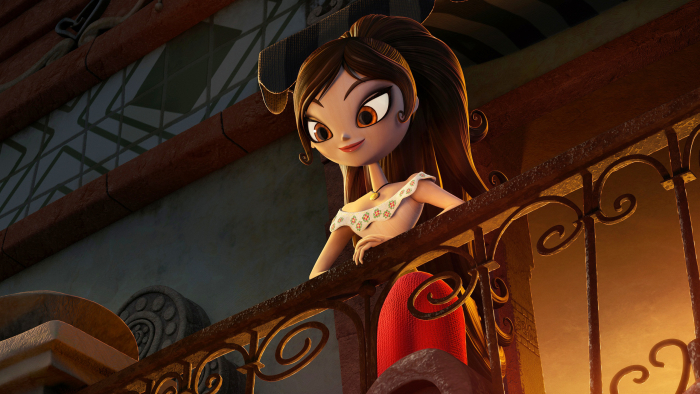
Music is an incredibly important element to the aesthetic and story of The Book of Life. The expected musical stylings of Mariachi bands are always present in the film, and are largely represented by Manolo’s comic relief Mariachi friends.
But rather than have music be used as a background element, certain songs and pieces are intrinsically tied to the plot. I previously mentioned that Manolo dreams of being a musician, and that bit of information was much more than just flavor text.
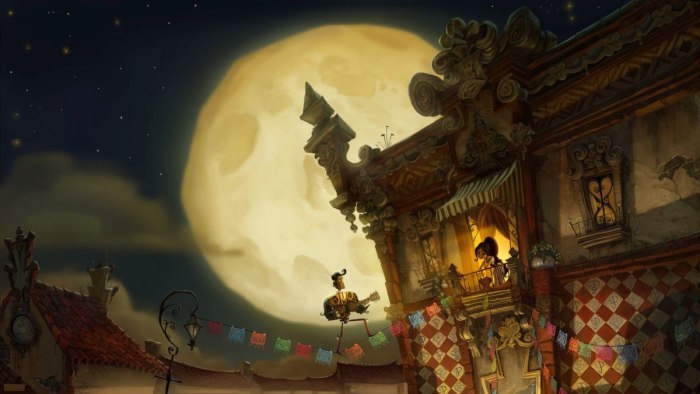
Early on in the film, Manolo’s guitar gets damaged in a scuffle with a pig. Before Maria is sent off to boarding school, she repairs Manolo’s guitar, and inscribes on it the words, “always play from the heart”, words which carry Manolo through the toughest of times.
Not only does Manolo play the guitar, but he sings, quite a few times in fact. The Book of Life features handful of covers, with the two most prominent examples being Radiohead’s Creep, which Manolo sings after feeling that he has lost his chance with Maria, and Elvis Presley’s I Can’t Help Falling In Love.

Two other standout songs are actually original pieces written for the film. The first of these is I Love You Too Much, a simple, yet sweet declaration of undying love by Manolo. The second is The Apology Song, which Manolo uses to calm a towering bull in the afterlife.
What makes these songs so impactful is the passion you can hear displayed by Manolo’s voice actor, Diego Luna. While a pretty good singer in his own right, it’s the raw emotion in his voice that makes the songs so endearing.

When he pleads to Maria, you can really feel how much he loves her. And when he humbles the Sanchez family by apologizing to the numerous bulls they have defeated, there’s a strong sense of genuine regret and sadness.
Music really drives the plot and themes of The Book of Life, and as a person who loves music in all styles and genres, I applaud the production team for placing so much importance on it.
Always Play From The Heart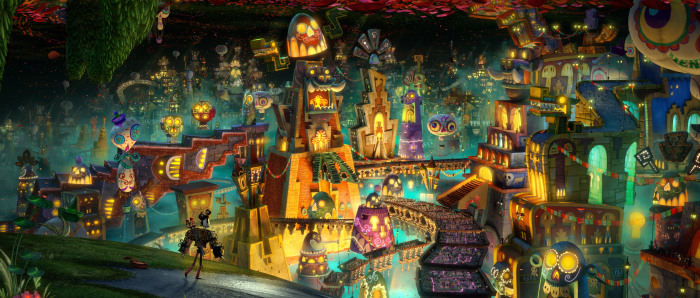
The Book of Life is a one of a kind film that not nearly enough people have gotten to experience. Every aspect of the film was so clearly made with so much care and attention to detail, and I’d be shocked if someone didn’t become totally infatuated with Manolo and the rest of the cast.
Though it may not be from a studio with a long and impressive track record, The Book of Life still manages to be one of the best animated films ever released. Unique visual appeal, fantastic music and the ever present theme of family all come together to create an unforgettable experience.
Advertisements Share this:
